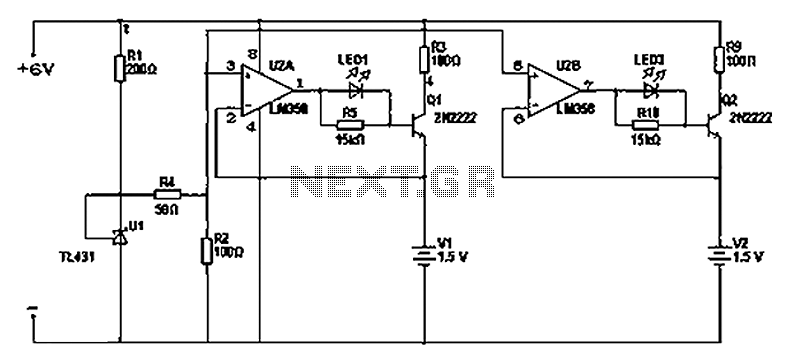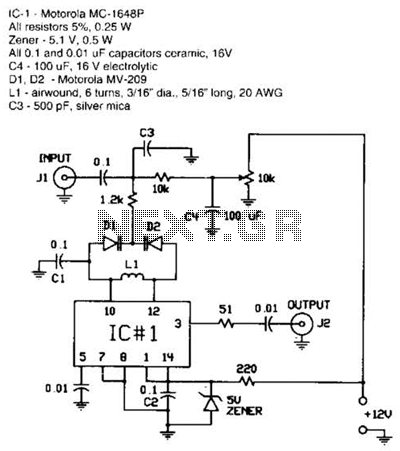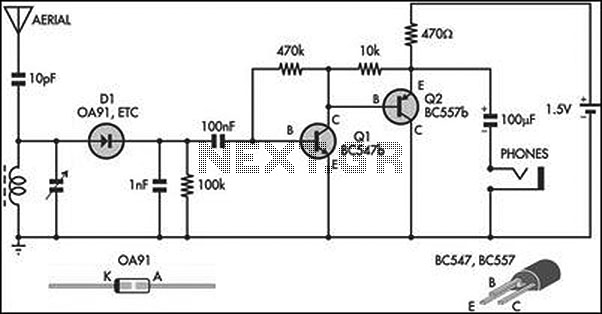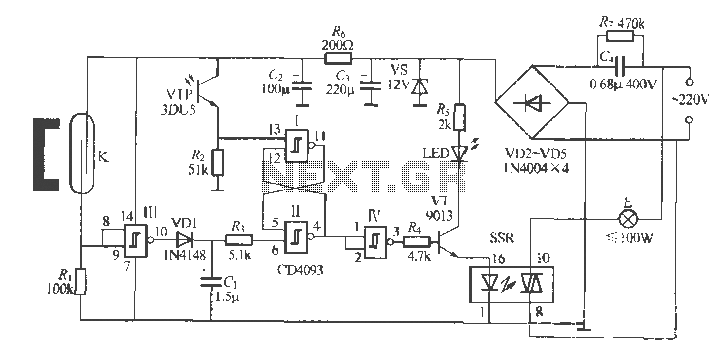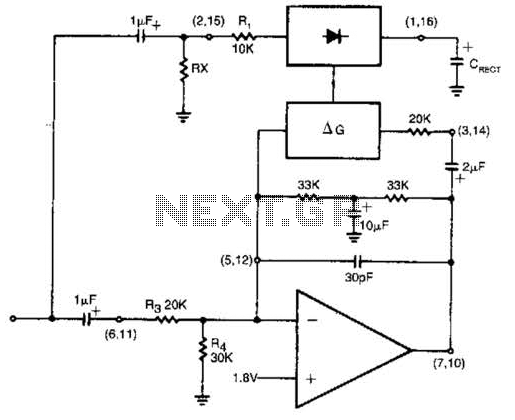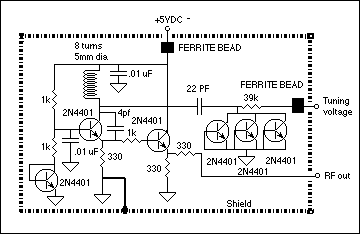
Electric fence control circuit 2
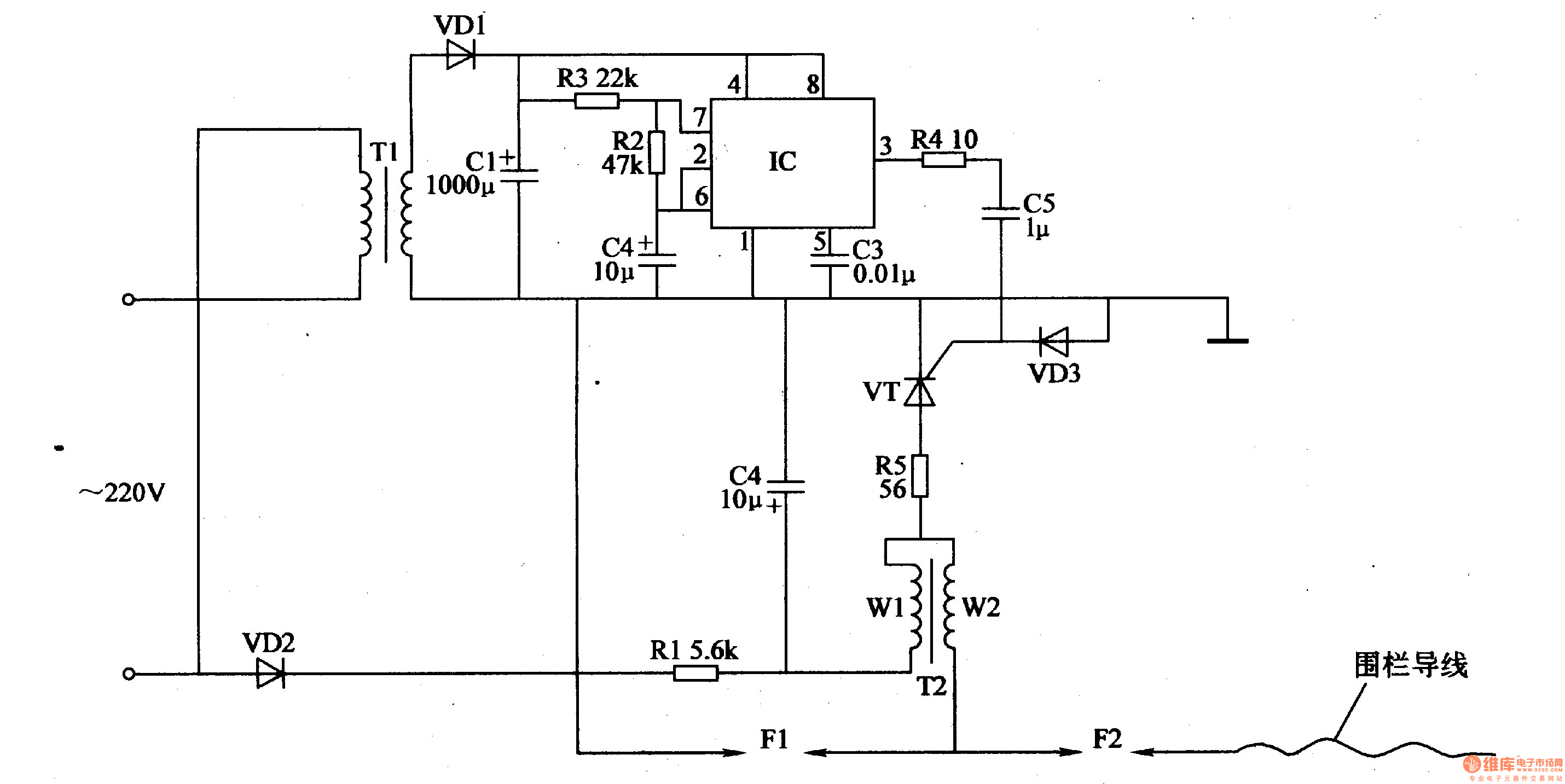
The electric fence control circuit consists of a power supply circuit, a pulse generator, and a high-voltage circuit, as illustrated in Figure 4-27. The power supply circuit includes a power transformer (T1), rectifier diodes (VD1, VD2), filter capacitors (C1, C2), and a resistor (R1). The pulse generator comprises a time-base integrated circuit (IC), along with resistors (R2, R3).
The electric fence control circuit is designed to provide a high-voltage output necessary for the operation of an electric fence system. The power supply circuit is the first stage, where the transformer (T1) steps down the mains voltage to a lower AC voltage suitable for rectification. The rectifier diodes (VD1, VD2) convert the AC voltage into pulsating DC voltage. Following this, the filter capacitors (C1, C2) smooth out the pulsating DC to provide a stable voltage level, while the resistor (R1) is used to limit the current and stabilize the voltage output.
The pulse generator is critical for generating high-voltage pulses necessary for the electric fence operation. The time-base integrated circuit (IC) generates a square wave signal that controls the timing of the pulse output. Resistors (R2, R3) are used to set the frequency and duty cycle of the pulse signal, allowing for customization of the pulse characteristics to suit different types of electric fence applications.
The high-voltage circuit takes the output from the pulse generator and steps it up to the required voltage levels, which are then delivered to the electric fence wires. This high-voltage output is what creates a deterrent to intruders and animals, ensuring the effectiveness of the electric fence. Proper insulation and safety measures must be implemented in the high-voltage circuit to prevent accidental shocks and ensure reliable operation.
In summary, the electric fence control circuit integrates power supply, pulse generation, and high-voltage output into a cohesive system designed for effective perimeter security. Each component plays a vital role in ensuring that the circuit operates efficiently and safely, making it suitable for various electric fencing applications.Electric fence control circuit is composed of the power supply circuit, pulse generator and high-voltage circuit, and it is shown in Figure 4-27. Power supply circuit is composed of the power transformer Tl, rectifier diodes VDl, VD2, filter capacitors Cl, C2 and resistor Rl.
Pulse generator is composed of the time-base integrated circuit IC, resistor m, R3.. 🔗 External reference
The electric fence control circuit is designed to provide a high-voltage output necessary for the operation of an electric fence system. The power supply circuit is the first stage, where the transformer (T1) steps down the mains voltage to a lower AC voltage suitable for rectification. The rectifier diodes (VD1, VD2) convert the AC voltage into pulsating DC voltage. Following this, the filter capacitors (C1, C2) smooth out the pulsating DC to provide a stable voltage level, while the resistor (R1) is used to limit the current and stabilize the voltage output.
The pulse generator is critical for generating high-voltage pulses necessary for the electric fence operation. The time-base integrated circuit (IC) generates a square wave signal that controls the timing of the pulse output. Resistors (R2, R3) are used to set the frequency and duty cycle of the pulse signal, allowing for customization of the pulse characteristics to suit different types of electric fence applications.
The high-voltage circuit takes the output from the pulse generator and steps it up to the required voltage levels, which are then delivered to the electric fence wires. This high-voltage output is what creates a deterrent to intruders and animals, ensuring the effectiveness of the electric fence. Proper insulation and safety measures must be implemented in the high-voltage circuit to prevent accidental shocks and ensure reliable operation.
In summary, the electric fence control circuit integrates power supply, pulse generation, and high-voltage output into a cohesive system designed for effective perimeter security. Each component plays a vital role in ensuring that the circuit operates efficiently and safely, making it suitable for various electric fencing applications.Electric fence control circuit is composed of the power supply circuit, pulse generator and high-voltage circuit, and it is shown in Figure 4-27. Power supply circuit is composed of the power transformer Tl, rectifier diodes VDl, VD2, filter capacitors Cl, C2 and resistor Rl.
Pulse generator is composed of the time-base integrated circuit IC, resistor m, R3.. 🔗 External reference
